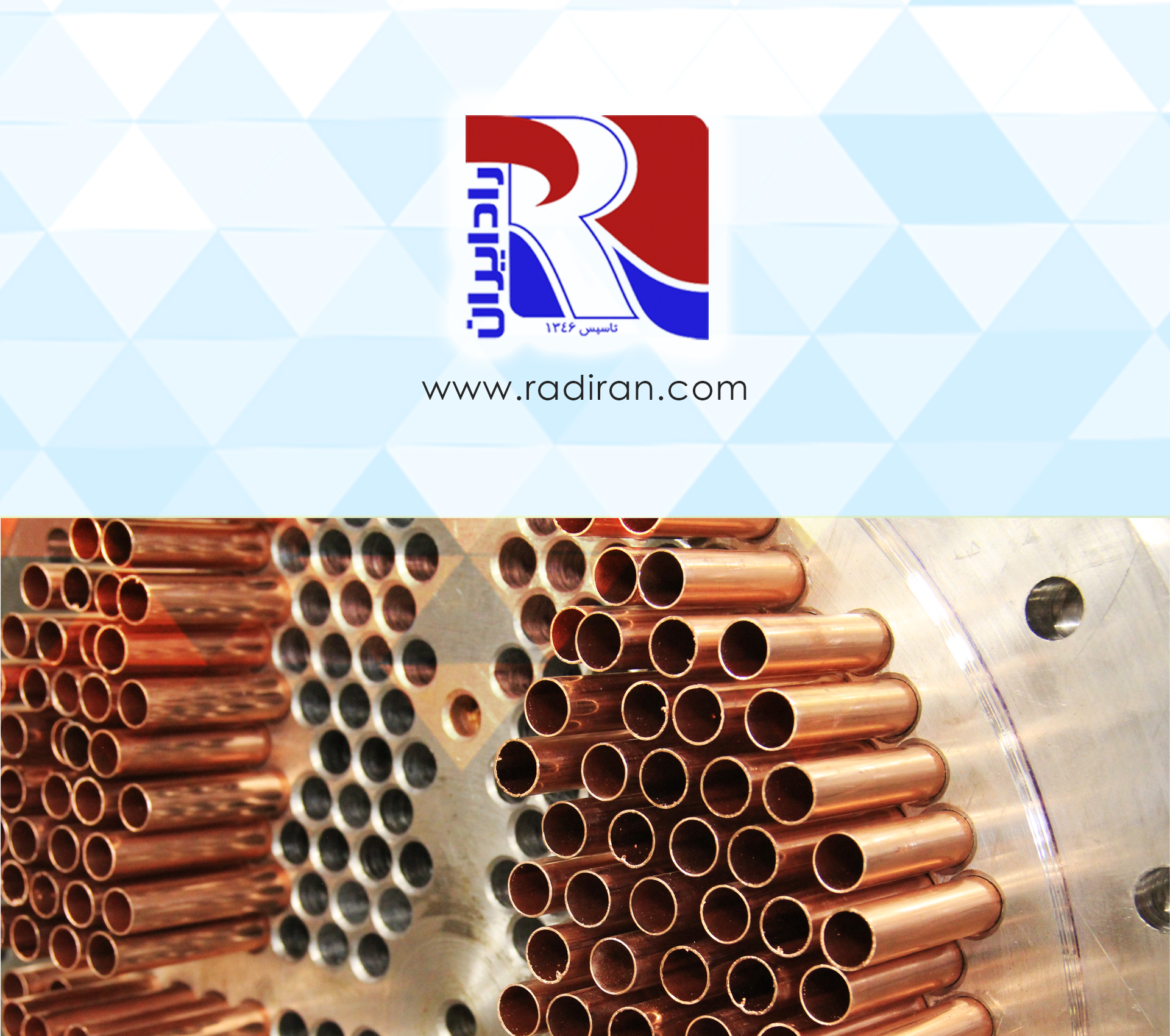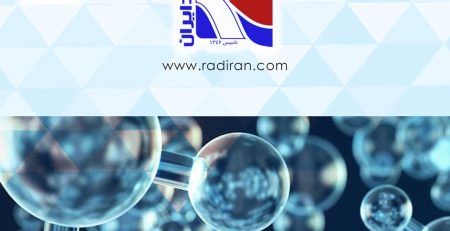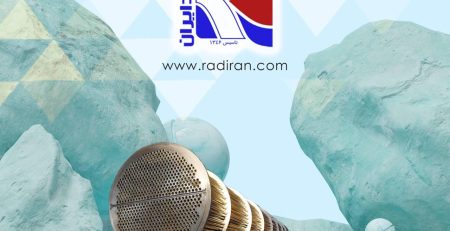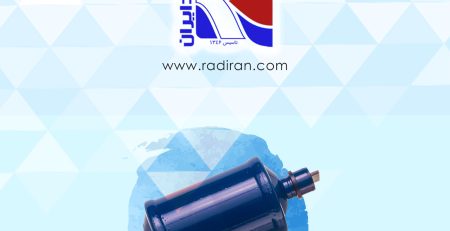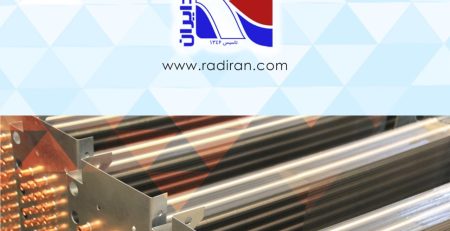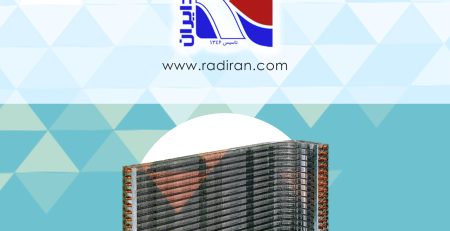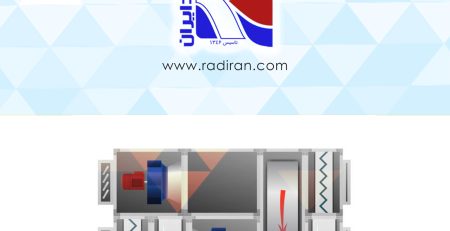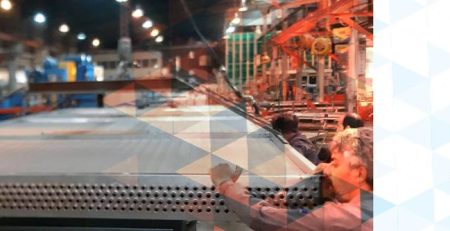The Impact of Internal Grooves in Copper Tubes on Heat Transfer in Fin-Tube Coils
<p>
Introduction
Heat transfer plays a crucial role in thermal and cooling systems. Copper tubes used in fin-tube coils are highly favored due to copper’s superior heat transfer properties. However, the design and physical characteristics of these tubes, particularly their internal grooves, can significantly affect their efficiency.
Internal Grooves in Tubes
Internal grooves in tubes can take the form of longitudinal or circular indentations. These grooves increase the contact surface area between the fluid and the tube wall, subsequently enhancing heat transfer. By disrupting the fluid flow, these grooves foster better mixing and reduce the thickness of the boundary layer, ultimately leading to an increased heat transfer rate.
Effect on Heat Transfer
Internal grooves improve thermal efficiency by increasing the contact surface area. They effectively disrupt the flow movement, creating instabilities that result in optimized heat transfer phenomena. For instance, in fin-tube coils, this design enables temperature to distribute rapidly and uniformly across the coil surface.
Advantages of Using Grooved Tubes
- Reduced Energy Costs: Increased thermal efficiency results in lower energy requirements.
- Extended Equipment Lifespan: Improved heat transfer efficiency reduces the load on equipment.
- Reduced Size and Weight of Systems: More effective heat transfer allows for sleeker, more compact designs.
Conclusion
The use of copper tubes with internal grooves in the design of fin-tube coils can significantly enhance thermal performance, reduce energy costs, and extend equipment lifespan. These optimizations can impact various industries, including air conditioning and heating and cooling systems.
<p/>

